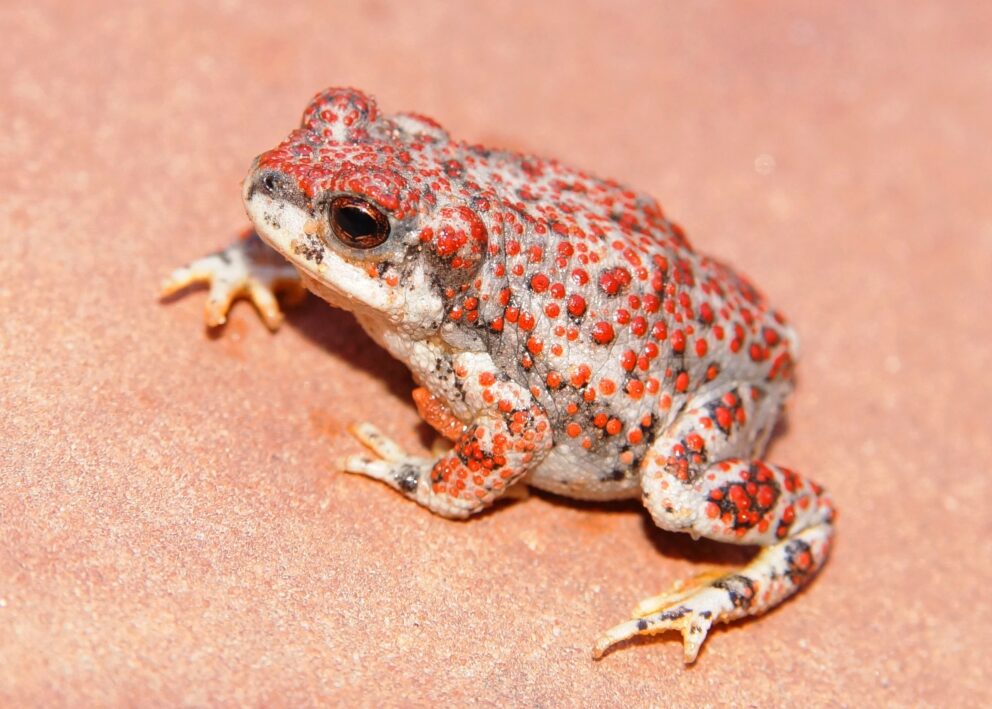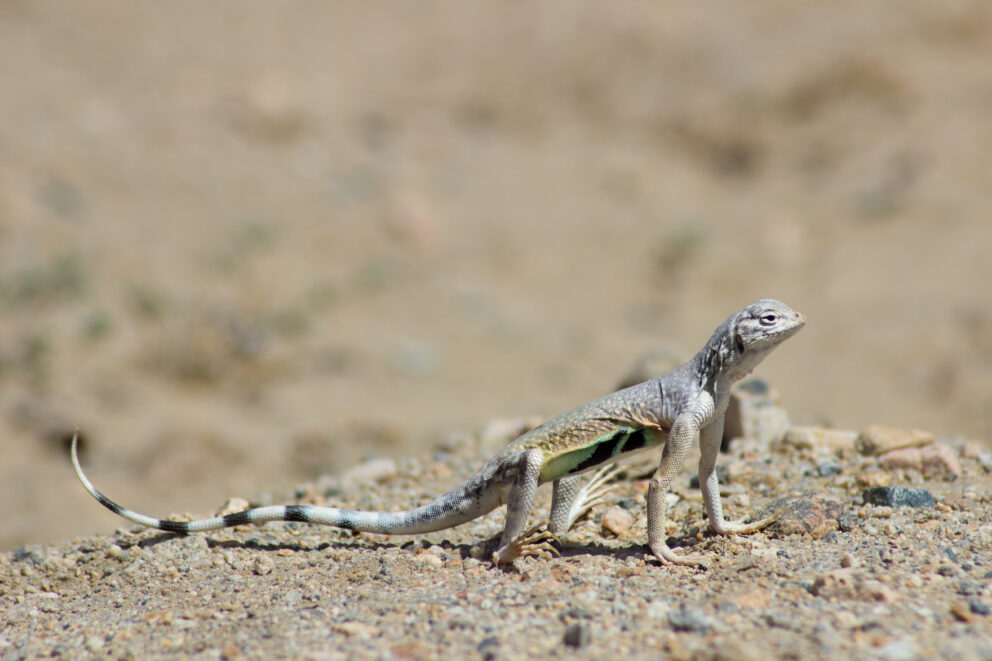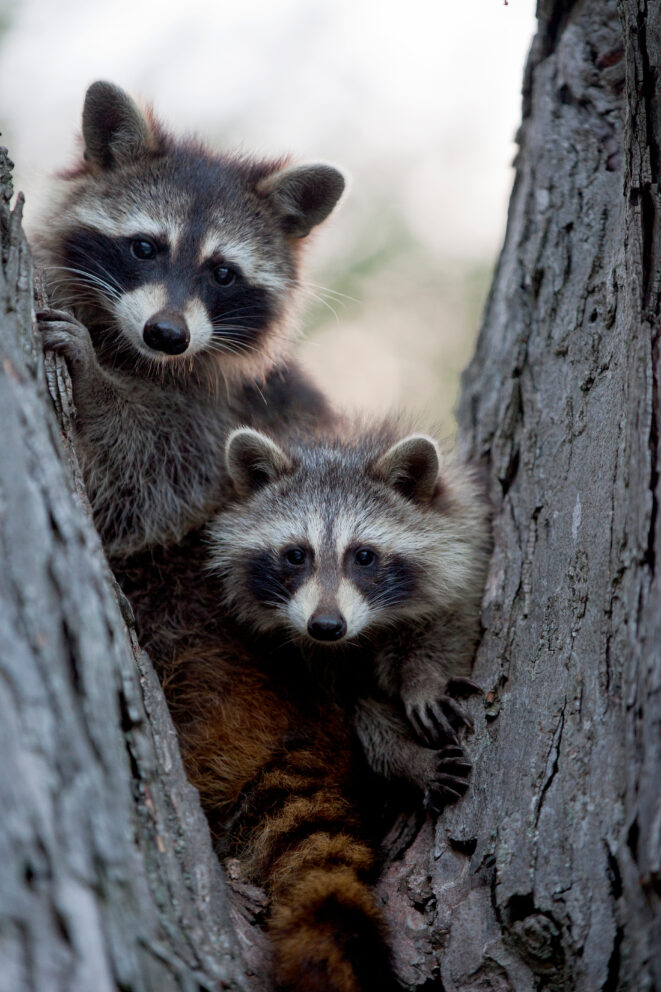- SCIENTIFIC NAME
- Urosaurus graciosus
- CLASSIFICATION
- Reptile
- LIFE SPAN
- 1-3 Years
- STATE CONSERVATION STATUS
-
- Priority Species
- Unprotected
- FEDERAL CONSERVATION STATUS
- Least Concern
- GAME STATUS
- Non-Game
- Washoe
- Humboldt
- Pershing
- Churchill
- Mineral
- Lyon
- Douglas
- Carson City
- Storey
- Elko
- Lander
- Eureka
- White Pine
- Esmeralda
- Nye
- Lincoln
- Clark
Habitat & Range
The Western Brush Lizard can be found in desert washes & drainages and flat areas with loose sand & gravel. It is often found on the branches of shrubs and trees. In Nevada, it is only found in the southern part of the state.
- Desert Washes
- Mojave desert
- Warm desert riparian
Threats
- Habitat Loss
Natural History
This lizard feeds on arthropods such as bees, ants, beetles, spiders, and occasionally plant materials. The Western Brush Lizard is very heat tolerant and does most of its feeding during the day. It will shelter in the sand or in burrows when it gets too hot, but most often will be found on the branches of low bushes.
Fun Facts
Long-tailed brush lizards hide in creosote bushes by turning head-down and aligning their body with the branch they are on and rely on their natural camouflage.














